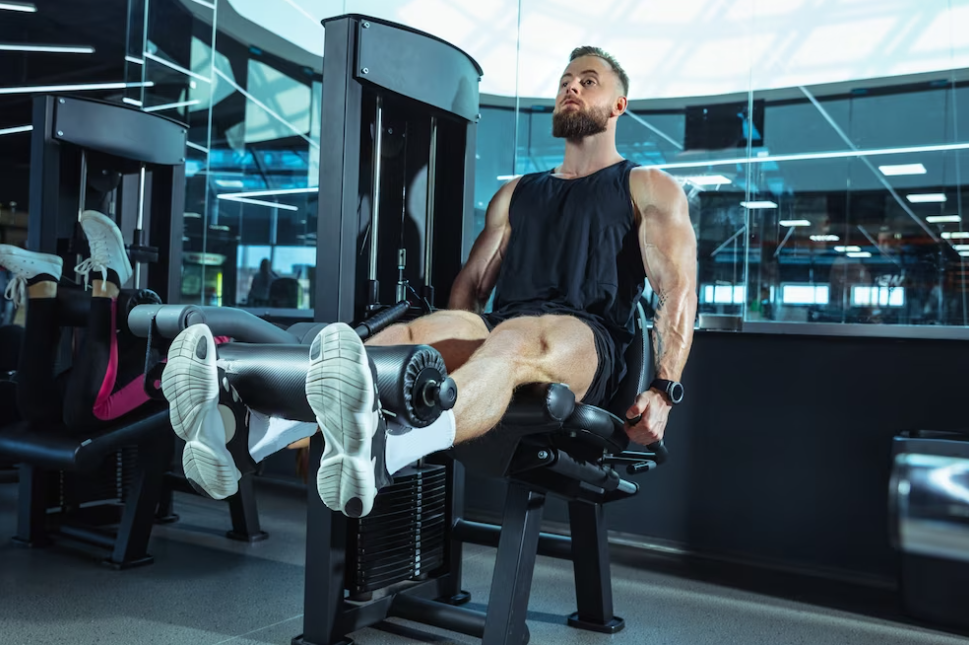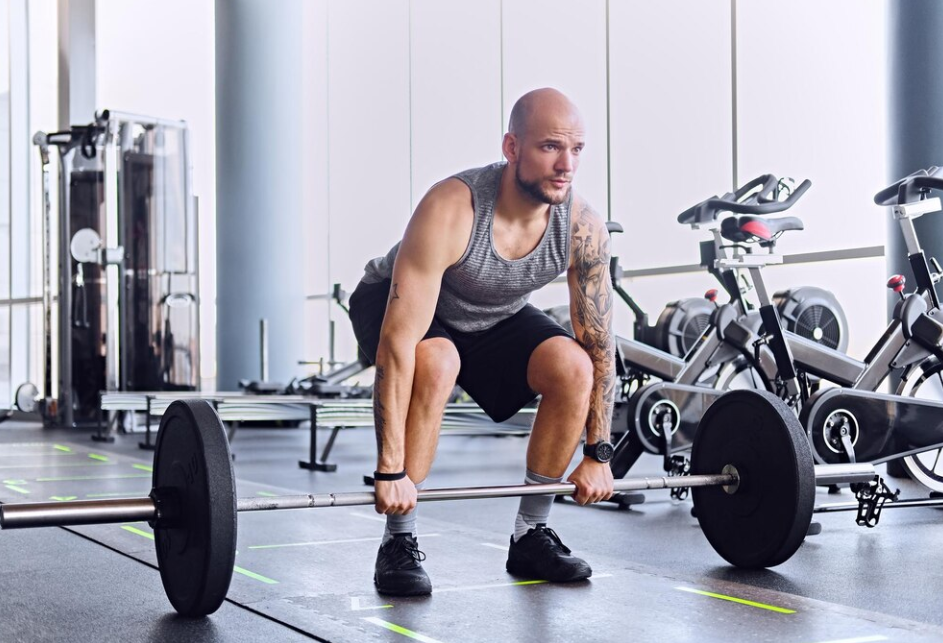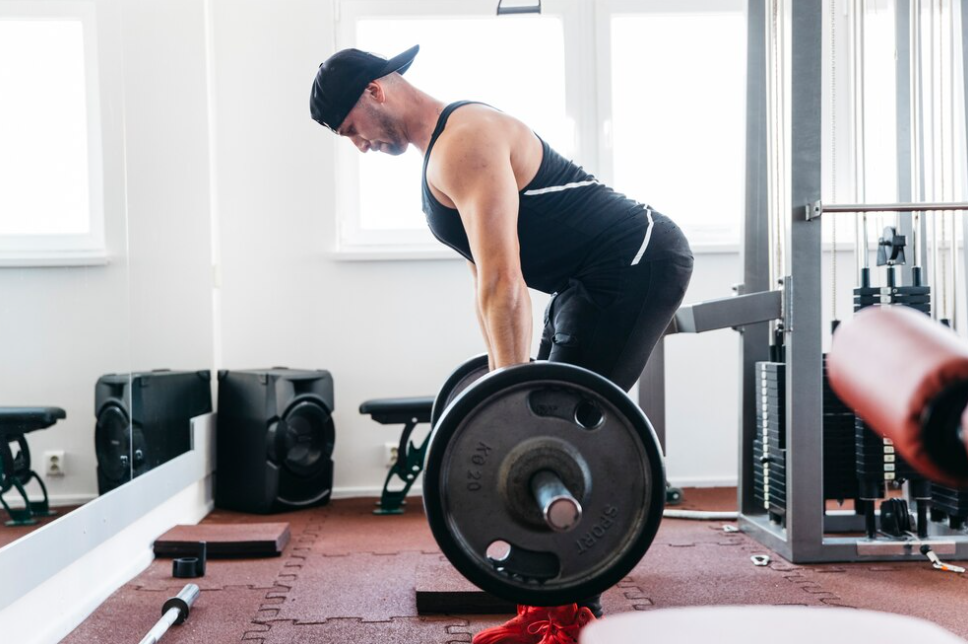The gluteal muscles stand among the human body’s most potent and robust muscle groups. Previously, there was a misconception that glute training was solely for women, but that’s far from the truth. Strong hip muscles are crucial for both men and women, as they play a vital role in leg development and toning. Men, in particular, must prioritize glute training as much as, if not more than, women for overall strength and fitness.
Understanding the Gluteus Muscles: Anatomy and Function
Glutes, a colloquial term for the gluteus muscles, constitute the largest muscle group in the human body. This group consists of three distinct muscles: the gluteus maximus, the gluteus medius, and the gluteus minimus. Each muscle plays a crucial role in hip movement, stability, and overall lower body function.
1. Gluteus Maximus: The Powerful Hip Extensor
The gluteus maximus, the largest and most superficial of the glute muscles, boasts exceptional strength. As the primary hip extensor, it aids in extending the thigh backward. Besides extension, it also contributes to abduction and external rotation of the hip joint.
2. Gluteus Medius: Supporting Pelvic Stability
Sandwiched between the maximus and the minimus, the gluteus medius is the second-largest glute muscle. It mainly functions in abducting and internally rotating the thigh at the hip joint. Moreover, it plays a significant role in maintaining side-to-side stability of the pelvis, especially during single-leg movements.
3. Gluteus Minimus: The Deep Stabilizer
The gluteus minimus, the smallest of the three muscles, resides deep within the gluteal region. Like its counterparts, it assists in abducting and internally rotating the thigh joint. Furthermore, it contributes to pelvis stability, playing a key role in maintaining proper alignment and function.
The Benefits of Glute Training for Men
Why should men focus on training their glutes? Beyond just aesthetics, strengthening the gluteal muscles offers a myriad of advantages for overall health and athletic performance. From reducing the risk of lower back pain to improving sports performance and mobility, prioritizing glute training can lead to a more functional and powerful physique.
- Decreases the Risk of Lower Back Pain:
The gluteal muscles play a crucial role in pelvic stability, which supports the lower back. Without sufficient glute strength, individuals are more susceptible to experiencing lower back pain. Strong glutes help hold the pelvis in place, preventing it from tilting forward, which can lead to strain on ligaments and tendons, causing discomfort.
- Ameliorates Athletic Achievement:
Various sports, such as football, rugby, baseball, golf, tennis, hockey, and bowling, rely on strong glutes for optimal performance. These core muscles provide the driving force necessary for explosive movements and improved athletic prowess.
- Enhances Deadlifts and Squats:
Strong glutes are vital in exercises like deadlifts, lunges, and squats, as they are the powerhouse for generating force during these movements. Incorporating glute training can result in increased strength and improved performance in lower body lifts.
- For Aesthetics:
Beyond functionality, a well-shaped and rounded bottom is visually appealing. Men can benefit from toning their glutes, as it contributes to an attractive and proportionate physique, which can boost confidence.
- For Mobility:
Neglecting glute training can lead to tightness in the hip area, affecting mobility and lower body lifts. By incorporating a comprehensive stretching routine and using a foam roller before and after workouts, individuals can improve hip mobility and overall flexibility.
Top Butt-Building Exercises for Men

1. Squats
Squats rank among the finest exercises for developing the lower body. They not only heavily target the quads but also effectively engage the glutes, hamstrings, and calf muscles.
By employing intelligent form adjustments, we can significantly enhance glute activation during squats.
Research has shown that adopting a low bar squat bar position effectively targets the glutes. Achieving this involves placing the bar on your shoulders, resting it on your rear delts instead of your traps. This advantageous position exerts less weight on the knees, making it beneficial for glute activation during squats.
In a study published in the Journal of Strength and Conditioning, researchers compared glute activation between the full squat and partial squat. Fifteen resistance-trained individuals completed both exercises at their 10 rep max. Surprisingly, the results revealed greater glute activation during the partial squat compared to the full squat, despite similar difficulty perceptions.
Considering this finding, we advise sticking with the squat variation that feels most comfortable for you. If you’re working out at home, investing in a squat rack can be a worthwhile addition to your home gym setup.
2. Hip Thrusts
To strengthen your backside, incorporate hip thrusts into your routine. This exercise primarily targets the gluteus maximus, the larger muscle, while also engaging the gluteus medius, hamstrings, and calves—a complete posterior chain workout.
To perform hip thrusts, position your shoulders on a bench with knees at a 90-degree angle and feet flat on the floor. Squeeze your glute muscles as you lift your hips, holding for 1 or 2 seconds, and then slowly return to the starting position. This movement effectively targets and tones the entire gluteal region.
Once you’ve perfected your form, it’s time to incorporate additional weight to intensify the resistance. Position a barbell across your hips and execute the movement in the same manner. Keep in mind that maintaining proper form is crucial to maximizing the effectiveness of the exercise and minimizing the risk of injury. Focus on performing all exercises with precision to achieve the best results safely and efficiently.
After achieving proper form, it’s time to introduce some weight for added resistance. Position a barbell across your hips and execute the movement as before. It’s crucial to emphasize sound form during all exercises to maximize their benefits and minimize the risk of injury. Remember to prioritize proper technique to optimize your workout and ensure safety throughout your training.
The barbell resting across the hips in this position might not be the most comfortable. While you could use a rolled-up yoga mat or jumper as a makeshift solution, investing in a hip thrust pad is a more convenient option. We recommend choosing one with Velcro for added ease during your workouts. Check out our recommended hip thrust pad below for a more comfortable and effective training experience.
3. Lunges
Lunges are yet another excellent exercise that effectively targets the glutes. Similar to squats, lunges engage all the muscles in the posterior chain, including the quads, hamstrings, calves, and glutes.
For an effective variation, consider incorporating the reverse lunge. Unlike the forward lunge that primarily targets the quads, the reverse lunge shifts the emphasis to the backside and significantly engages the glute muscles. This variation is a great way to intensify glute activation during lunges.
The lunge is a unilateral exercise, which means it targets the core muscles to provide stability during the movement. Training unilaterally helps avoid compensating with the dominant side, correcting muscle imbalances, and reducing the risk of future injuries.
Maintaining a strong mind-to-muscle connection will aid in maximizing glute activation during each of the mentioned exercises. Focus on engaging the glutes effectively to optimize your workout and achieve better results.
4. Deadlifts
The deadlift, one of the prestigious “big three” exercises (consisting of squat, deadlift, and bench press), enjoys widespread popularity among powerlifters, bodybuilders, and dedicated gym enthusiasts.
Functioning as a full-body exercise, the deadlift effectively engages all the muscles in the posterior chain, with particular emphasis on the glutes and hamstrings. Its comprehensive benefits make it a staple in strength training routines, contributing to overall muscle development and strength.
Deadlifts require the recruitment of multiple muscles to execute the lift effectively. This engagement triggers the release of essential muscle-building hormones, such as testosterone and human growth hormones.
Incorporating deadlifts into your workout routine can also contribute to injury prevention. Developing a strong lower back through deadlifts not only enhances performance in other exercises like squats but also proves beneficial in day-to-day activities, especially as you age. Strengthening the lower back plays a vital role in maintaining overall functional fitness and reducing the risk of injury.
It’s crucial to keep in mind that while deadlifts enable heavy lifting, maintaining proper form is paramount. A momentary lapse in concentration or inadequate bracing during the lift could lead to severe injury.
You don’t have to limit yourself to the conventional deadlift; both Sumo deadlifts and Romanian deadlifts are excellent alternatives for building strength and size in the glutes. Exploring these variations can add variety to your routine while targeting the glute muscles effectively. Remember to prioritize form and safety to make the most of these exercises.
Glute Workouts for Men
Amidst the abundance of online information, discerning the reliable from the unreliable can be challenging. However, we’ve alleviated that burden by crafting two comprehensive workouts specifically tailored to enhance strength and size in the glutes.
Rather than advocating separate days for glute and leg training in one week, which may lead to overexertion and hinder recovery, our approach involves designing a well-rounded leg workout that effectively targets the glutes with sufficient volume. This strategic integration ensures adequate glute engagement while allowing ample time for recovery between lower body workouts.

1. Glute Workout – Option 1
| Exercise | Sets and Reps |
|---|---|
| Barbell Squats | 4 sets of 6-10 reps |
| Reverse Lunges | 4 sets of 8-12 reps, each leg |
| Leg Extensions | 4 sets of 8-12 reps |
| Leg Curls | 4 sets of 10-15 reps |
| Seated Calf Raises | 4 sets of 15-20 reps |
2. Glute Workout – Option 2
| Exercise | Sets and Reps |
|---|---|
| Front Squats | 4 sets of 6-10 reps |
| Hip Thrust | 4 sets of 8-12 reps |
| Bulgarian Split Squat | 4 sets of 8-12 reps |
| Step Ups | 4 sets of 10-15 reps, each leg |
| Smith Calf Raises | 4 sets of 15-20 reps |
Conclusion
Understanding the importance of glute training for men is essential, and it’s crucial not to neglect this aspect of our workouts solely because it’s commonly associated with women. Building strong glutes plays a significant role in our overall gym progress, particularly in staying injury-free, allowing continuous improvement in terms of muscle growth and strength.
We don’t have to dedicate extensive hours each week to train our glutes, but it’s vital to incorporate effective glute-building exercises into our leg day routine to ensure adequate volume and proper development.
P.S. Embracing hip thrusts in the gym might attract some curious looks, but the long-term benefits make it all worthwhile! Embrace the exercise, and your glutes will thank you.
FAQ
As a general guideline, aiming for 10-20 sets per muscle group per week is ideal for building muscle. New lifters may find success towards the lower end of this range, while intermediate or advanced lifters should target the higher end.
However, it’s essential to note that all 10-20 sets need not be completed in a single workout. Research suggests that doing over 10 sets for one muscle group in a workout does not offer additional muscle growth benefits. Instead, spreading the weekly volume across multiple workouts is more effective. For instance, if you need to do 16 sets for your glutes, consider doing 8 sets on one day and 8 sets on another.
The two workouts listed above include a total of 20 sets, but they don’t exclusively isolate the glutes. These workouts encompass both leg and glute exercises, with a balanced emphasis on each muscle group.
The frequency of glute training depends on various factors, including training intensity, exercise selection, training age, and training volume.
For untrained muscles, a good workout necessitates a recovery period of 3-5 days, making once-a-week training suitable.
Advanced lifters, on the other hand, recover more quickly and can train the same muscle group multiple times per week.
The type of workouts also affects recovery time. Workouts involving compound exercises like squats and deadlifts require longer recovery than those focused on banded side walks and the abductor machine. As a general recommendation, targeting the glutes twice a week provides ample recovery time and enables you to distribute your weekly volume across two workouts effectively.
Absolutely! You can build your glutes effectively whether you work out at a gym or at home. The principles of muscle building remain consistent, allowing for glute growth without leaving the house.
To build muscle, applying progressive overload is crucial. This involves gradually increasing the stimulus placed upon the muscle to challenge the body continually. You can achieve this by increasing weights, reps, sets, reducing rest times, and other progressive overload techniques.
For example, starting with bodyweight squats, you can progress to goblet squats with added weight, then move on to barbell back squats (if you have a barbell). Each week, focus on increasing one element of progressive overload to ensure ongoing adaptations in your glutes. As you work with heavier weights, investing in a squat rack is a smart decision. Using a squat rack ensures safer training with heavier weights and allows for more significant progress without the limitations of lifting weights overhead.
